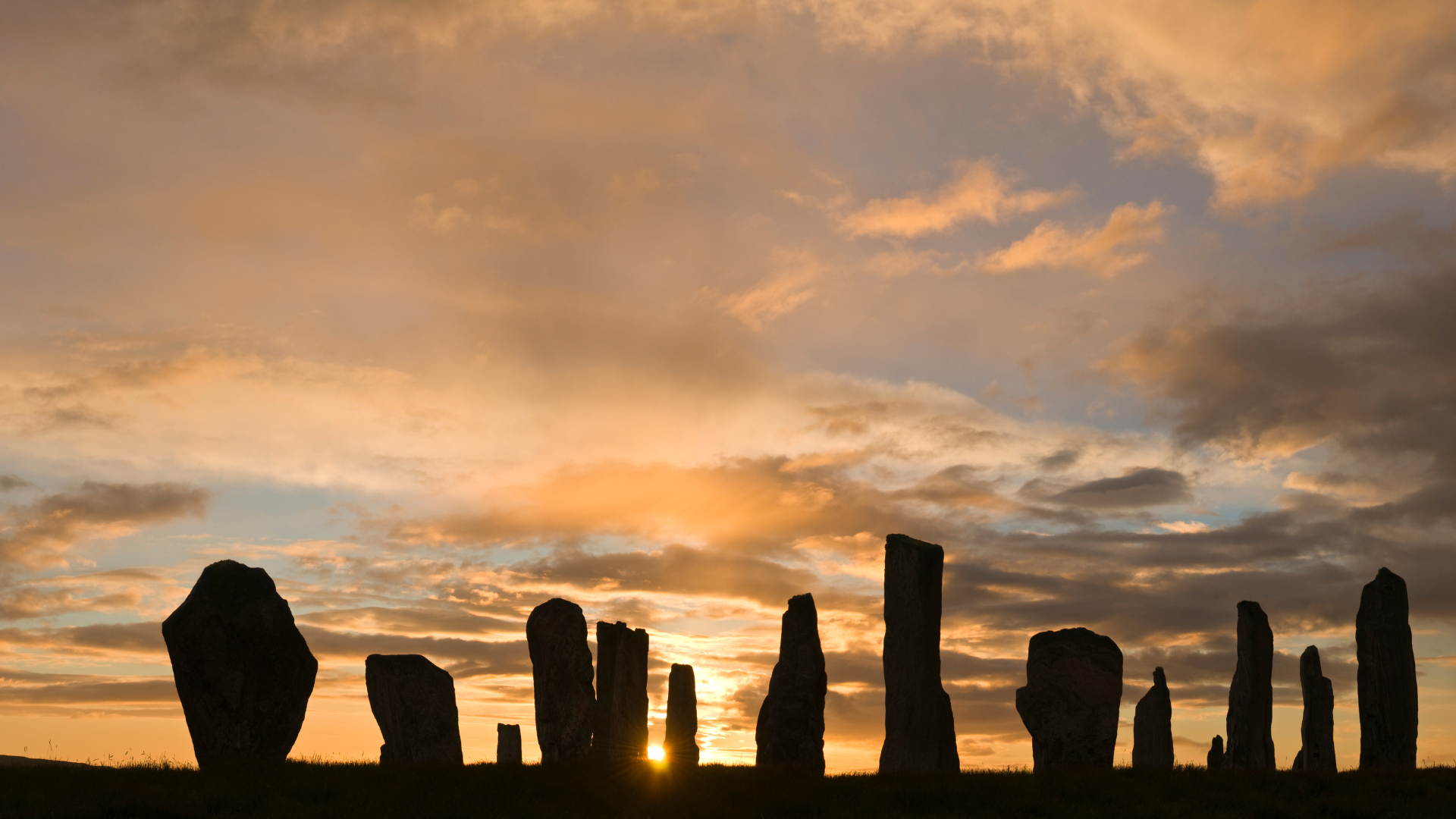The summer solstice, also known as Midsummer of Litha, is a significant celestial event that has captivated human imagination for millennia. As the longest day of the year in the Norther Hemisphere, it marks a turning point when the sun reaches its highest point in the sky, casting its warm and radiant light upon the Earth Across cultures and civilizations, people have celebrated this astronomical event with joy, reverence, and a sense of connection to nature. Join us as we embark on a historical journey exploring the rich tapestry of summer solstice celebrations throughout time.
Ancient Origins:
The summer solstice has held great importance since ancient times. One of the earliest known civilizations to honor this celestial event was the Neolithic people who constructed the monumental stone circles of Stonehenge in England. Believed to be a prehistoric observatory, aligns with the rising sun on the summer solstice, attracting thousands of modern-day revelers who gather to witness the magical sunrise.
In ancient Egypt, the summer solstice coincided with the annual flooding of the Nile River, bringing fertility to the land. The festival of the Egyptian god Amun-Re celebrated this event, symbolizing the power of the sun and its life-giving energy.
European Traditions:
The summer solstice has deep roots in European folklore and traditions. The Celts, who revered the sun, celebrated Midsummer as a time of abundance, fertility, and protection against evil spirits. They lit bonfires and performed rituals, including leaping over flames to ensure good fortune.
In Scandinavia, the solstice is known as Midsummer, and it holds a special place in the hearts of the Nordic people. The festival is associated with the ancient Norse deity Freyja, goddess of love and fertility. Dancing around maypoles, wearing floral wreaths, and enjoying feasts are key elements of these vibrant celebrations.
Modern Interpretations:
The Christian influence on solstice celebrations is evident in the festival of St. John’s Eve, held on June 23rd, around the time of the summer solstice. This commemoration, infused with pagan traditions, pay tributes to St. John the Baptist. Bonfires, music, dancing, and processions are common features of these festivities in countries like Spain, Portugal, and Scandinavia.
In recent times, the summer solstice has experienced a resurgence of interest and celebration around the world. The famous Summer Solstice Festival at Stonehenge, now open to the public, attracts people from all walks of life who gather to witness the sunrise amidst the ancient stones. Other countries have also developed their own unique events, such as the vibrant Fete de la Musique in France, where streets come alive with music performances on the solstice.
Cultural Diversity:
Beyond Europe, various cultures have their distinct ways of celebrating the summer solstice. In Native American traditions, tribes like the Lakota Sioux hold sun dances as a way to honor the sun’s power and renew spiritual connections.
The indigenous peoples of the Andean region in South America celebrate Inti Raymi, the Festival of the Sun, during the winter solstice in June. This ancient Incan ceremony involves colorful processions, music, and dances to express gratitude for the sun’s energy and its role in sustaining life.
Throughout history, the summer solstice has been a source of wonder, inspiration, and celebration for humanity. From ancient rituals to modern-day gatherings, the solstice festivities have evolved reflecting diverse cultural beliefs and practices. These celebrations unite people, reminding us of our interconnectedness with nature and the eternal rhythm of the cosmos. As we embrace the sun’s warmth and light, let us continue to honor and preserve the rich tapestry of summer solstice traditions for generations to come.






